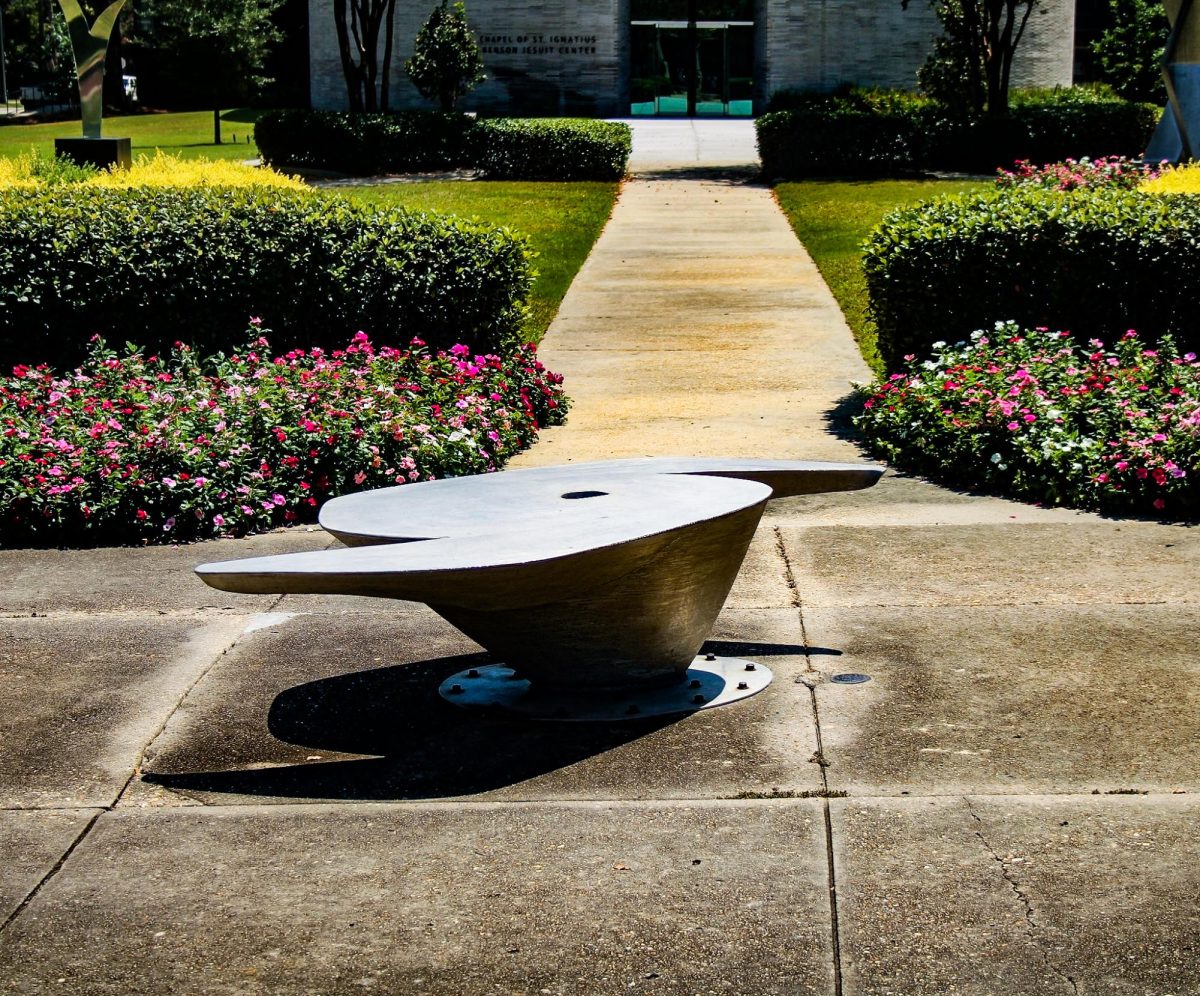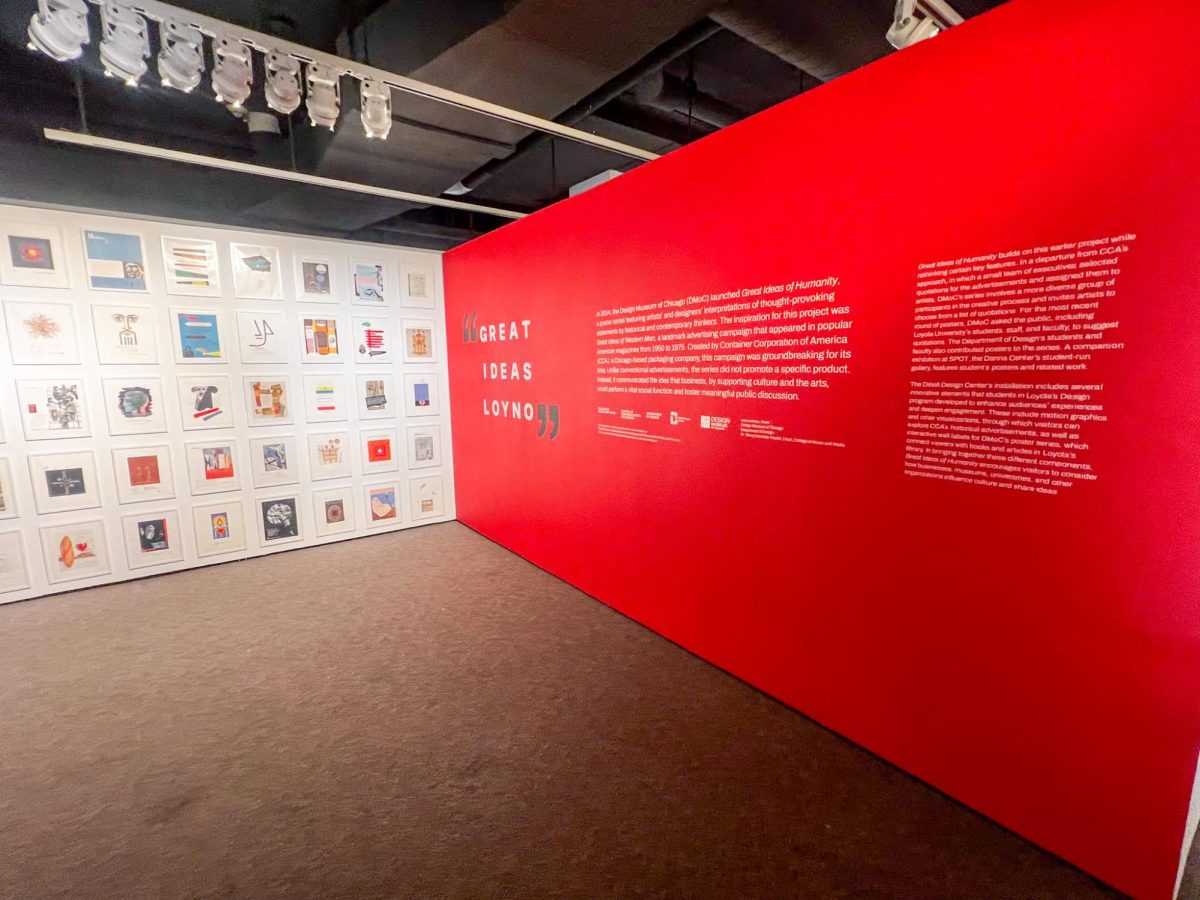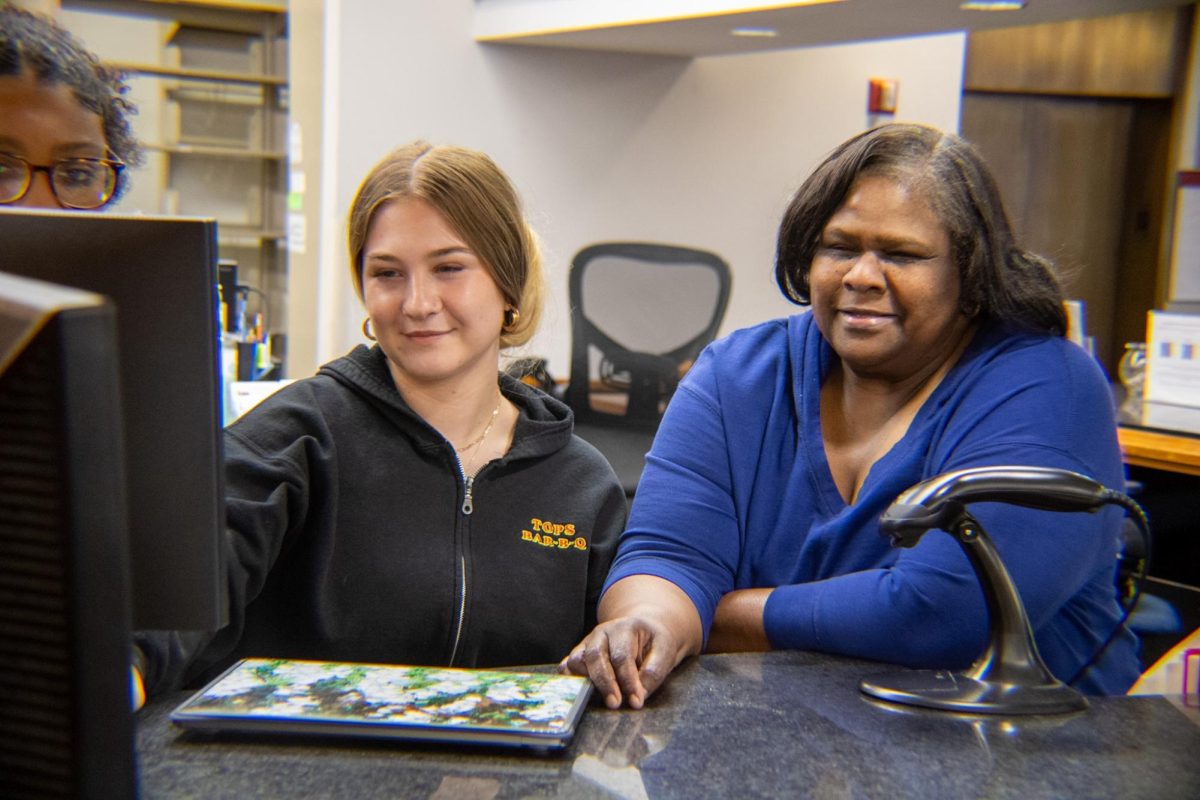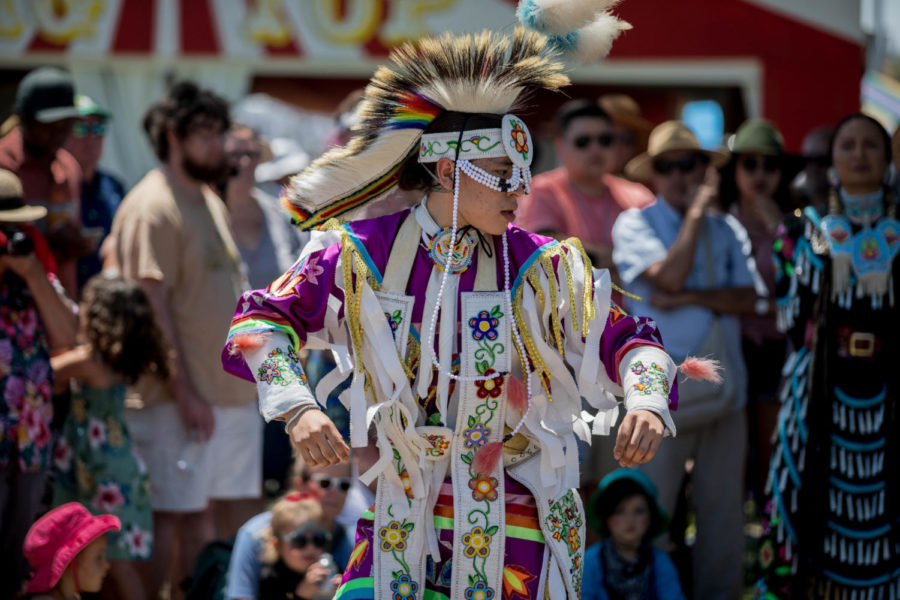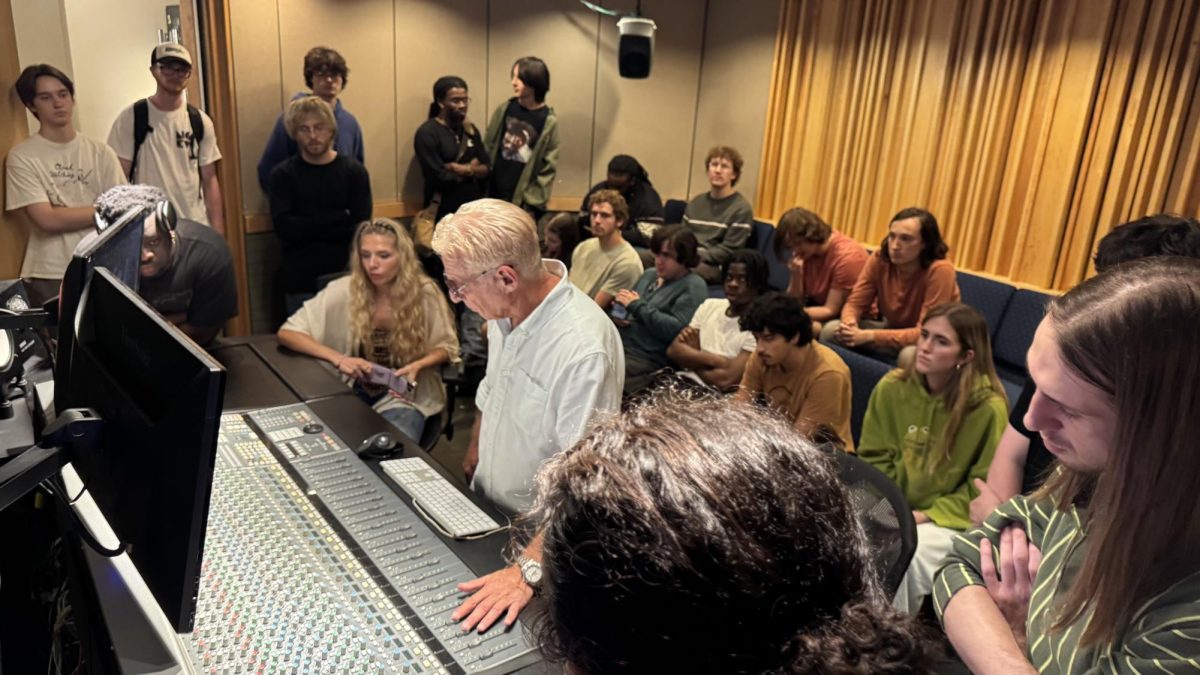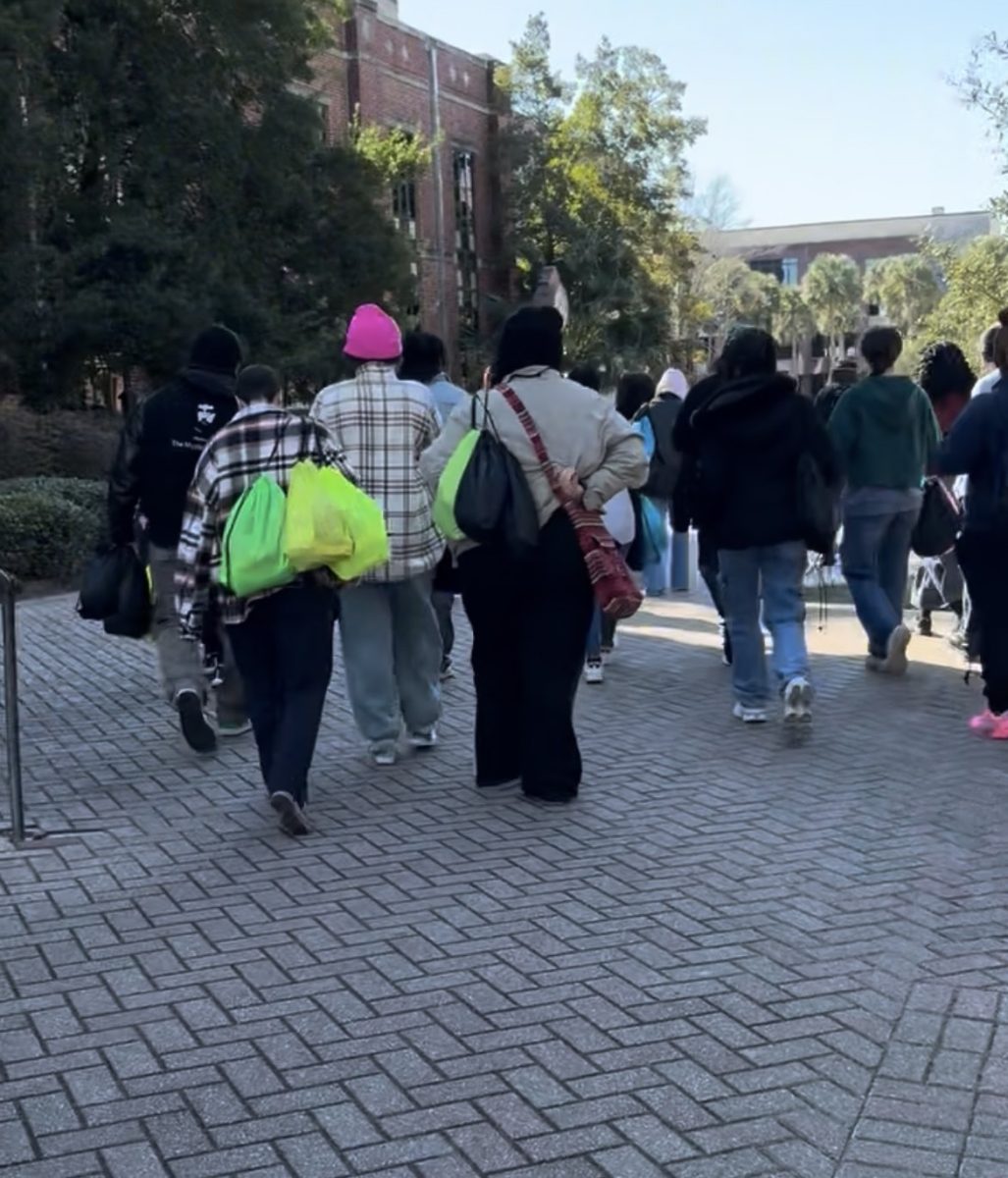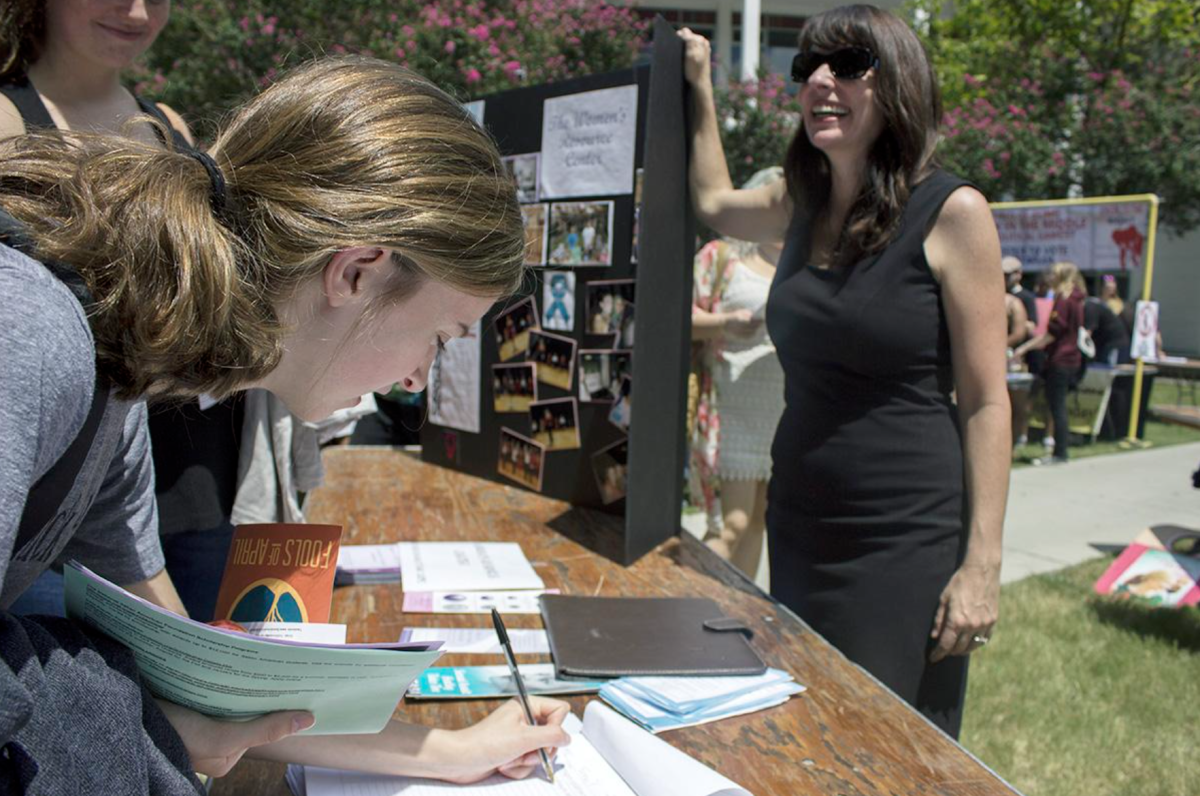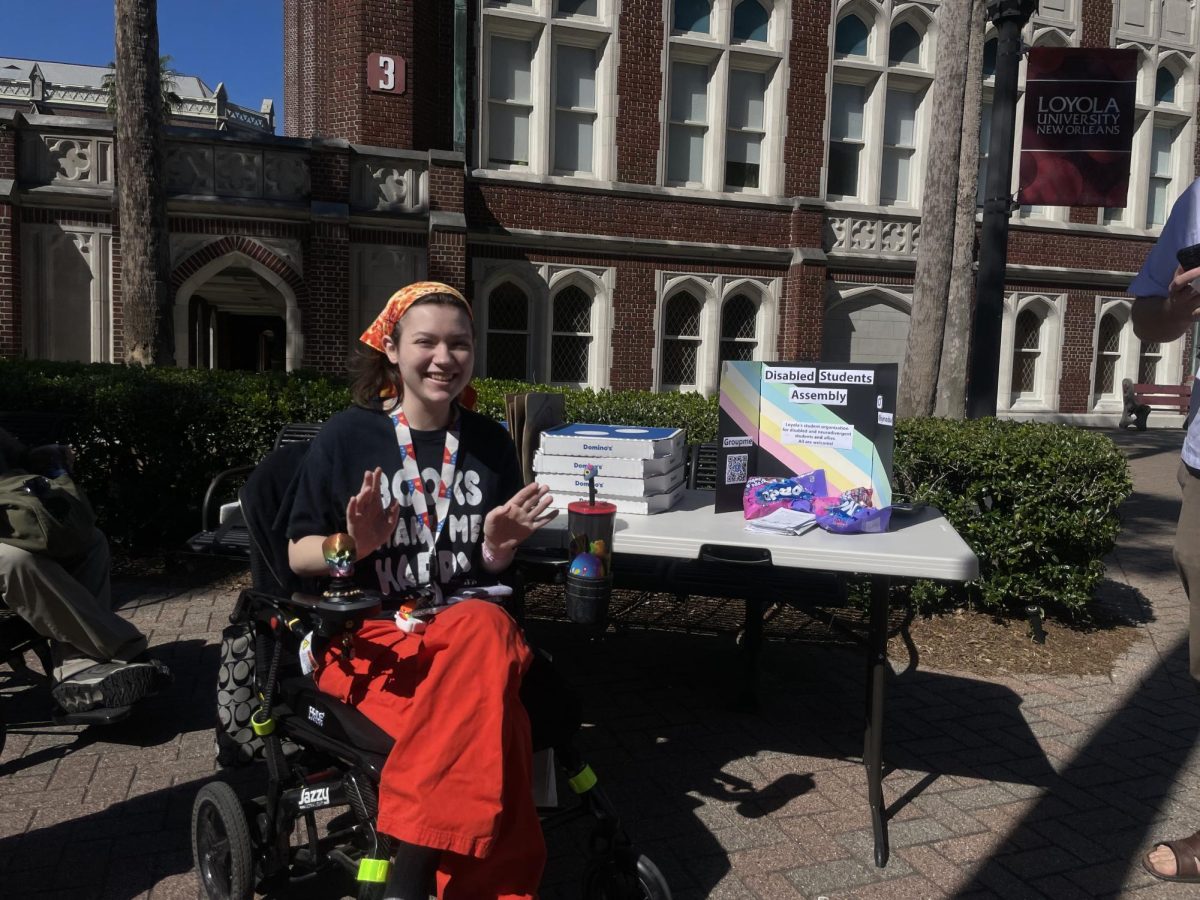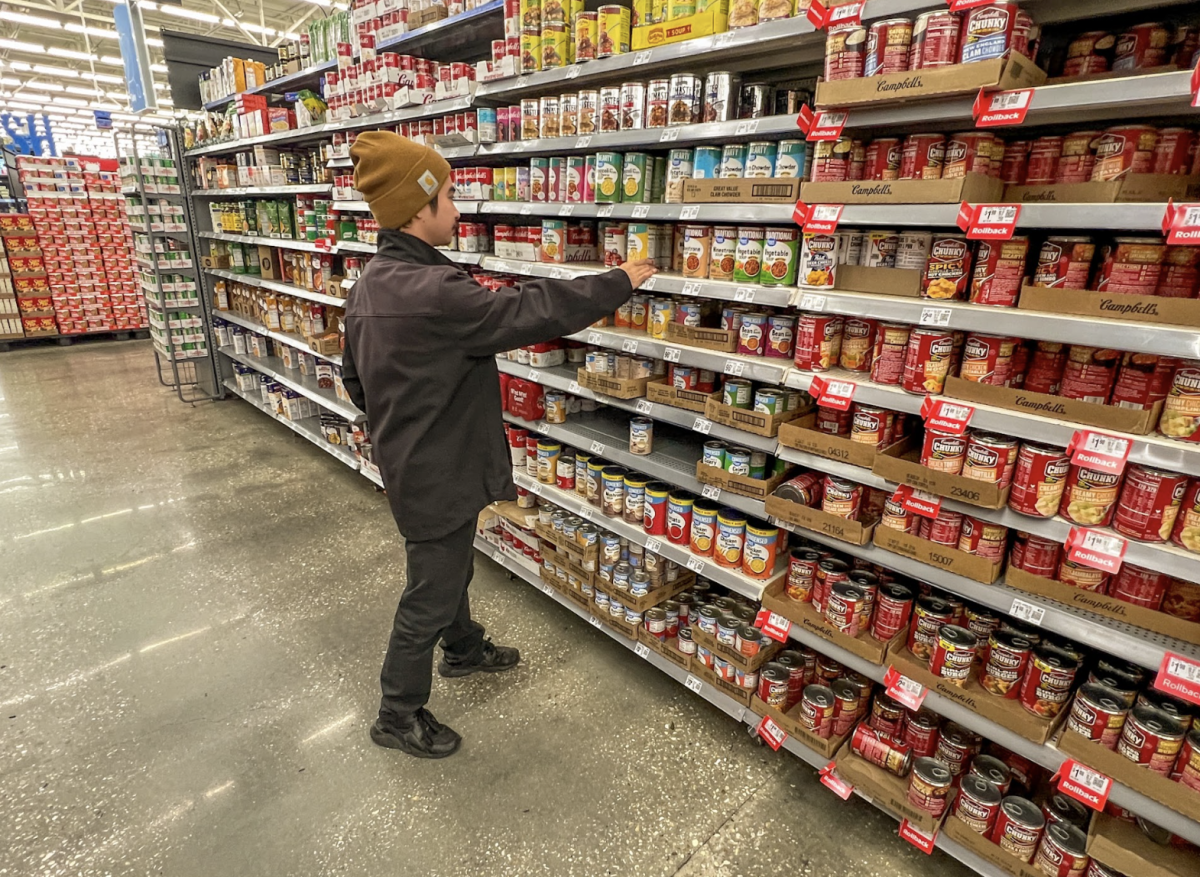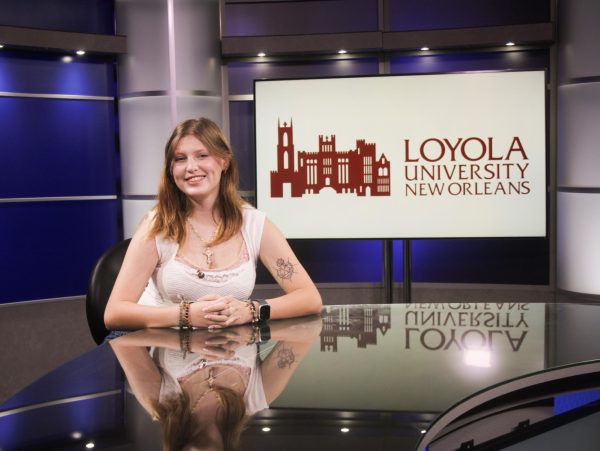Loyola’s professors present during Hurricane Katrina were direct witnesses of the adverse effects the hurricane had on the university. 20 years later, they are still able to recount the events, including the evacuation of the entire university, the damage done to both the campus and the city, and the e orts the administration made to rebuild the university.
Hurricane Katrina hit New Orleans and surrounding areas two decades ago on August 29, 2005, and left multiple individuals with lasting memories of its devastation to the city Joseph Duke, now Professional in Residence in Journalism and Mass Communication, was director of recruitment for CBS News and was also involved in management for CBS Newspath during Katrina. Although he lived in New York at the time, he was born and raised in Louisiana. CBS sent him down to New Orleans after the hurricane as a xer to assist in Katrina’s coverage and establish a base where other stations could also cover the story.
“For a day, we had a huge map down in the newsroom and I told everybody what was happening and where it was going,” said Duke. “After that, they said, do you want to go cover it? I said, ‘I can cry up here or I can cry down there.’”
When Duke came down to cover the damage, he witnessed firsthand how chaotic the city had become.
“There was every scary military unit from every part of our armed forces. They were propelling out of helicopters. They were driving armored vehicles down the wrong way. It was chaos,” Duke said.
Even seven years later, the city was still in the process of being rebuilt, but despite the damage, people came back, Duke stated.
“What I saw then, what I’ve always known, is that the city is resilient, and there was no hesitation. Although probably a large percent of people never came back, a large percent of people came back, and they didn’t even think about it,” he said.
While Duke witnessed the destruction from Katrina to the city as a whole,
Robert Tomas, professor and Director of Center for Environmental Communication, witnessed the effects of Katrina on Loyola, specifically.
Thomas worked at Loyola under the same position, so he had a firsthand experience evacuating campus along with the rest of administration.
Thomas stated that he had immediately wanted to return to the city after the hurricane, but it was difficult to do so with it being closed off.
“I got back as soon as I could, and it was very frustrating to those of us that like to engage because they weren’t letting us come back into the city,” said Thomas.
“I couldn’t even get to the university because the city was closed. Of course, immediately I got on the Internet and was doing things for the university, but I wasn’t at the university,” he said.
Once Thomas did return to Loyola, he found that the campus hadn’t flooded, and the water stopped at Freret Street.
“As a matter of fact, the president jokingly said we had four feet of water. And what he really meant was that water came four feet onto the campus,” Thomas said.
Despite not having flooded, the campus still sustained problems from the lack of electricity for a long period of time, according to Thomas. With the city still mostly closed off and the campus needing repairs, the administration got to work contacting parents and sending Loyola students to other schools for the rest of the semester.
“We were in contact with the students and we were in contact with the parents about what was going on and advising people about whether they should come back immediately or not,” he said.
Although there was a lack of students at the university, the campus was far from deserted. nAccording to Thomas, the university served as housing for military units that stayed throughout the aftermath of the hurricane, sleeping in buildings like Monroe Library.
“The Black Hawk helicopters were landing out here in the horseshoe driveway and there was a real military presence here. And we felt good about that because they were here to help people,” he said.
However, after the fall semester ended, students slowly started to return to complete their spring semester at the university. During this, Thomas held bus tours for returning students down streets like Carrollton so they could see the effects of Katrina on the city.
“You could see marks on houses and buildings where the water level had gone up and set still. So that was very visual for people to see how deep the water was in those neighborhoods,” said Thomas.
Alongside showing the students parts of Metairie and New Orleans, contrasting areas that didn’t flood and those that received 12 to 13 feet of water, Thomas also showed the students the areas where the levees initially broke, as well as the Lower 9th ward.
“When I first went out to the Lower 9, there were houses everywhere sitting in the middle of the street where they had floated off their foundations and landed in the middle of the street, big houses. And so we had lots and lots of stories to tell about that area,” he said.
In total, Thomas stated that he had around 200 trips of buses filled with 50 to 60 students and parents.
Even as students began taking classes on campus during the spring semester, some parents were extremely hesitant on having their children return to the city.
Despite the campus being safe, administration advised that some students stay away from the city if they had health issues.
“We did advise some people not to come back at the time because there were people that had asthma, pulmonary issues and things like that,” Thomas said. “We said, ‘you know, we want you back now, but this is not a good time for you to come back’.”
For the students that did stay that semester, professors started to focus their classes on Katrina and its effects.
“I mean, my environmental communications class, my ecology… all of those became specialized that semester about focusing on what had just happened and what it meant for the future,” Thomas said.
During this period, many professors were also dedicated to rebuilding the university, becoming involved in committees, and speaking at other colleges, according to Thomas.
“A lot of us traveled and gave talks. Everybody around the world wanted to hear about New Orleans. So, as an example, I went to Sweden to give a talk at a university,” he said. “Everybody was very open to helping.”
Alongside the efforts of the administration, there was some uncertainty on where to go from the situation the school was in, especially since the university had no students attending for a semester, according to Thomas.
“There was so much turmoil. Nobody really knew what the future held,” Thomas said.
Thomas stated that the university was debating moving the campus to Austin, Texas, but ultimately, administration decided to focus on restructuring the programs.
According to Thomas, the mass communications program changed immensely. Before Katrina, mass communication majors could have a focus in public relations, advertising, general communication programs, broadcast production, broadcast journalism, and photojournalism.
However, after Katrina, the administration got rid of broadcast production, broadcast journalism, and, eventually, photojournalism, Thomas stated.
“It radically changed the department. We had a lot fewer faculty,” he said.
Not long after Katrina, Loyola saw a decline in student enrollment, and despite the hurricane not being the main reason, Thomas stated that it stimulated the decline.
However, after years of rebuilding the university, the number of students is increasing again.
“Now we’re getting back strong again. We’ve got really good administration. We’re making good decisions. We’ve got a strong board of trustees,” Thomas said.
“Everything’s really on the up and up now. I think [Loyola] is going to have a long, beautiful future,” he said.
Kathy Gros, director of student records, was another sta member who witnessed Katrina’s impact on Loyola.
After the hurricane hit, administrative sta evacuated to areas like Houston, Texas, and Monroe, Louisiana, in an attempt to keep administration together for important decisions, while Gros evacuated to South Carolina where she worked from a friend’s house.
“Loyola’s staff were scattered, and for a while, I couldn’t even locate my staff. Once everyone was settled, we worked from where we could and did whatever was asked of us,” Gros said.
On the other hand, multiple Loyola students attended other universities for the semester; a total of 626 universities accepted Loyola students, according to Gros.
“Truly amazing how so many schools stepped up,” she said.
After the devastation of Katrina, Loyola has also made changes in an effort to prepare for similar storms in the future. The school added a Risk Management office that monitors storms and provides laptops for staff to take during evacuation, according to Gros.
Additionally, sta also now has procedures in place for reports to be run prior to leaving.
“If the system shuts down that information would not be available to us,” said Gros.“I pray that none of us ever have to deal with anything like Katrina in our lifetime.”


